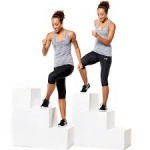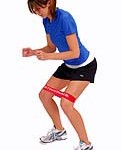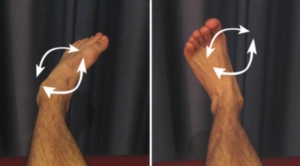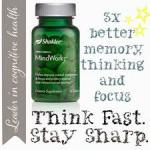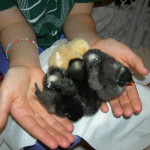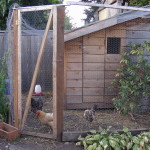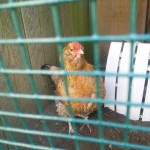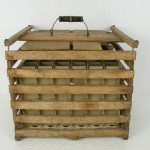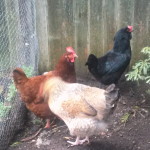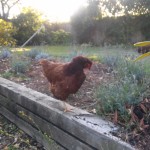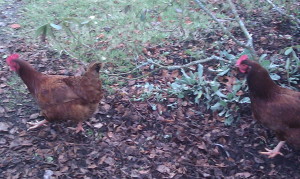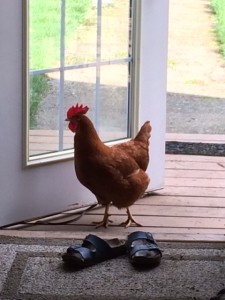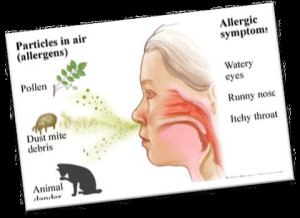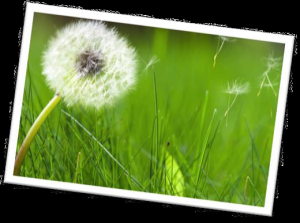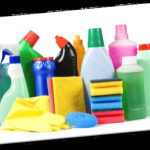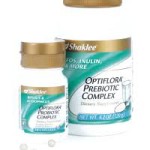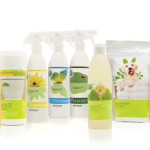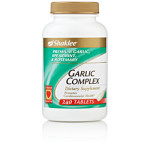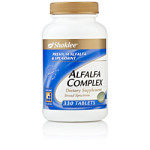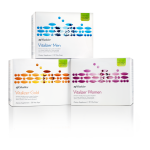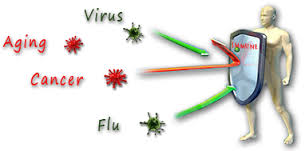This is the time of the year when you will really want to add alfalfa to your supplement regime that is, only if you haven’t already experienced all the rich benefits of this fabulous plant. Seasonal changes in the weather often bring about sensitivities to various forms of pollen, mold and dust. So let’s see how Alfalfa plays a part in relieving allergy symptoms.
So here’s what we know about Alfalfa. It is one of nature’s richest sources of total food minerals and trace elements. Its many health-giving aspects have beneficial benefits for eyes, teeth and strong digestive systems, and connective tissues. Alfalfa roots burrow 20 feet into the ground to find precious trace minerals which when absorbed by the plant are stored in the leaves, stems and branches making it a veritable treasure of health giving nutrients. It is the richest land grown source of sub-nutritional trace minerals; combined with chlorophyll and other organic salts that give greater effect and power of generation to tissues. The word Alfalfa means father of all foods, and one of nature’s oldest legumes.
Alfalfa is a legume that has a long history of dietary and medicinal uses. A small number of animal and preliminary human studies report that alfalfa supplements may lower blood levels of cholesterol and glucose. Now there are many factors that make this product outstanding. Alfalfa contains quantities of:
- Vitamins A, E, K, B, D & U,
- Fiber, protein, and fat soluble,
- 13 separate minerals and additional trace minerals,
- Contains 8 essential enzymes for digestion of proteins, fats, starches and sugars.
Shaklee Alfalfa is grown in the Antelope Valley without herbicides pesticides or  organic fertilizers. This alfalfa is harvested at dawn when the leaves have the highest nitrogen and chlorophyll content. The cuttings are dried in the open air, the natural old fashioned way, and once dried, the alfalfa is ready to be milled and the leaf is separated from the desirable stem. The end product is a fine, green colored alfalfa “flour” which then goes though the tableting process.
organic fertilizers. This alfalfa is harvested at dawn when the leaves have the highest nitrogen and chlorophyll content. The cuttings are dried in the open air, the natural old fashioned way, and once dried, the alfalfa is ready to be milled and the leaf is separated from the desirable stem. The end product is a fine, green colored alfalfa “flour” which then goes though the tableting process.
Alfalfa complex is a Shaklee Signature Formula originally developed by Dr. Shaklee.
So now that know we have this fabulous natural product, what benefits might we experience. The list is endless but we will cover a few………
- A great aid in digestion,
- Aids in peptic ulcers,
- Great diuretic and bowel regulator,
- Effective barrier against bacterial invasion,
- Anti- inflammatory, anti-histamine.
- Natural body deodorizer,
- Helps support the natural ph of the blood and much more.
Just remember that Alfalfa is known as a complete food. Now this may surprise you,
Some of the other properties that alfalfa has: An outstanding 18.9% protein as compared to beef 16.5%; milk 3.3% and eggs 13.1%. Isn’t that amazing!! Remember muscles are composed of protein and the lack of it causes them to break down resulting in fatigue and weakness.
In summary: If you want a general all around food supplement to support your many daily needs you will definitely want to consider Alfalfa and its broad spectrum of nutrients. And with that being said, you can now appreciate why Alfalfa is called the father of all foods.
Side note: Now I know that some of you are wondering what is vitamin U, so let’s satisfy your curiosity! Vitamin U plays an important role in maintaining health, vitality and well-being. Targets Acid Reflux and inflamed Gastro Intestinal lining instantly on contact. And one last surprising piece of information: did you know that each serving provides 300 mg of calcium about as much as in a glass of milk! You can now see why Alfalfa is considered a complete food and by the way, Scripture calls Alfalfa King of the vegetable family.
*These statements have not been evaluated by the Food and Drug Administration.
These products are not intended to diagnose, treat, cure, or prevent any disease.

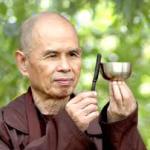
![labyrinthUpaya[1]](http://www.grandmabetsybell.com/wp-content/uploads/2014/11/labyrinthUpaya1-150x150.jpg)
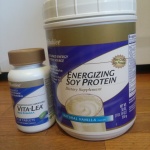
![CAM01994[1]](http://www.grandmabetsybell.com/wp-content/uploads/2014/10/CAM019941-150x150.jpg)
